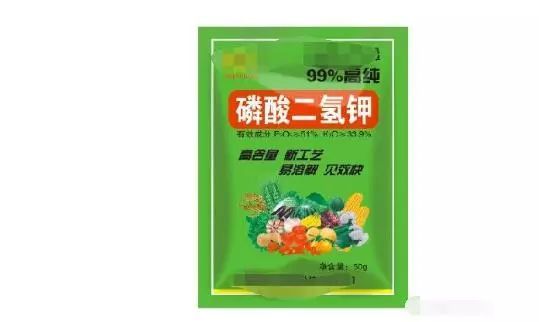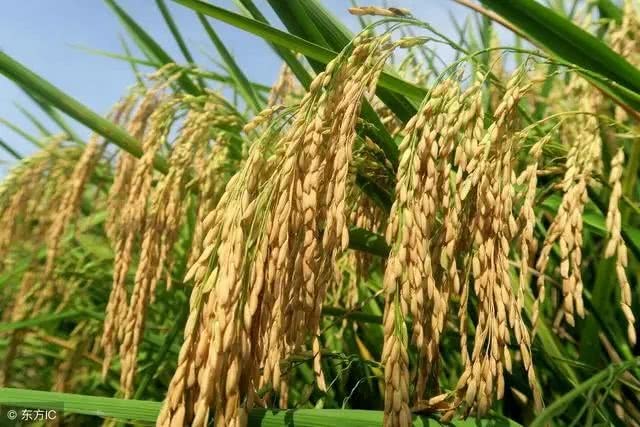Potassium dihydrogen phosphate you may not know the use of control

Potassium dihydrogen phosphate is a very common fertilizer in agricultural production, and it has a wide range of uses, which can be used as base fertilizer or topdressing fertilizer. The purpose of applying potassium dihydrogen phosphate is to supplement the demand of crops for phosphorus and potassium fertilizer and to realize the function of disease resistance, lodging resistance, drought resistance, flower and fruit protection.
However, in production, we will also see that potassium dihydrogen phosphate will be sprayed when crops are flourishing. Scientific agriculture has also talked about that, in fact, the use of potassium dihydrogen phosphate can be more than those mentioned above. If used properly, it can also achieve the purpose of prosperity control.
Potassium dihydrogen phosphate is a kind of high-efficiency and fast-soluble binary compound fertilizer, which can be used as foliar fertilizer as well as soil fertilizer. When it is necessary to control prosperity, it only needs to be sprayed with high concentration of potassium dihydrogen phosphate for many times to achieve prosperity control!
Replace high-definition large images
The specific method is that 800 times of potassium dihydrogen phosphate is diluted and sprayed continuously three times every four or five days to achieve the purpose of prosperity control.
In fact, it is not difficult to understand this practice from a physiological point of view, in short, it is to adjust the ratio of nitrogen, phosphorus and potassium, increase the ratio of phosphorus and potassium, and reduce the proportion of nitrogen. In order to control the plant growth.
Replace high-definition large images
Potassium dihydrogen phosphate has a wide range of uses and can achieve good results for vegetables as well as melons and fruits. However, if you choose foliar spraying, it is very appropriate when the crop is about to blossom, rice, wheat filling or fruit and vegetable is about to blossom and expand. Potatoes or sweet potatoes such as underground rhizomes are also suitable, and spraying potassium dihydrogen phosphate can also promote the expansion of underground potato tubers for these starch-accumulating crops.
After reading the above introduction, we must have a clear understanding and understanding of the use of potassium dihydrogen phosphate. I hope the above will be helpful to you.
- Prev

Paspalum grass in rice fields is hard to get rid of because you don't use these measures.
Five or six years ago, barnyardgrass could be well controlled with 10% cyhalofluoxate EC, but now it has almost run out of herbicides in rice fields or has no effect. Why? Go to the agricultural materials sales office to inquire, get the answer most is "this."
- Next

Some people say that the agricultural development of Indian A San is better than that of China. Take a look at the real agricultural production in India.
Seeing this question, everyone must want to say, "Why do you have to compare with India?" If you really want to be stronger, you should compare them with stronger opponents, not just those who know at a glance that they are not as good as they are.
Related
- Wuhan Hospital Iron Tree Blooming Result Was Instantly Frightened by the Gardener Master
- Which variety of camellia is the most fragrant and best? Which one do you like best?
- What is the small blue coat, the breeding methods and matters needing attention of the succulent plant
- Dormancy time and maintenance management of succulent plants during dormancy
- Minas succulent how to raise, Minas succulent plant pictures
- What are the varieties of winter succulent plants
- How to raise succulent plants in twelve rolls? let's take a look at some experience of breeding twelve rolls.
- Attention should be paid to water control for succulent plants during dormant period (winter and summer)
- Watering experience of twelve rolls of succulent plants
- Techniques for fertilizing succulent plants. An article will let you know how to fertilize succulent plants.

